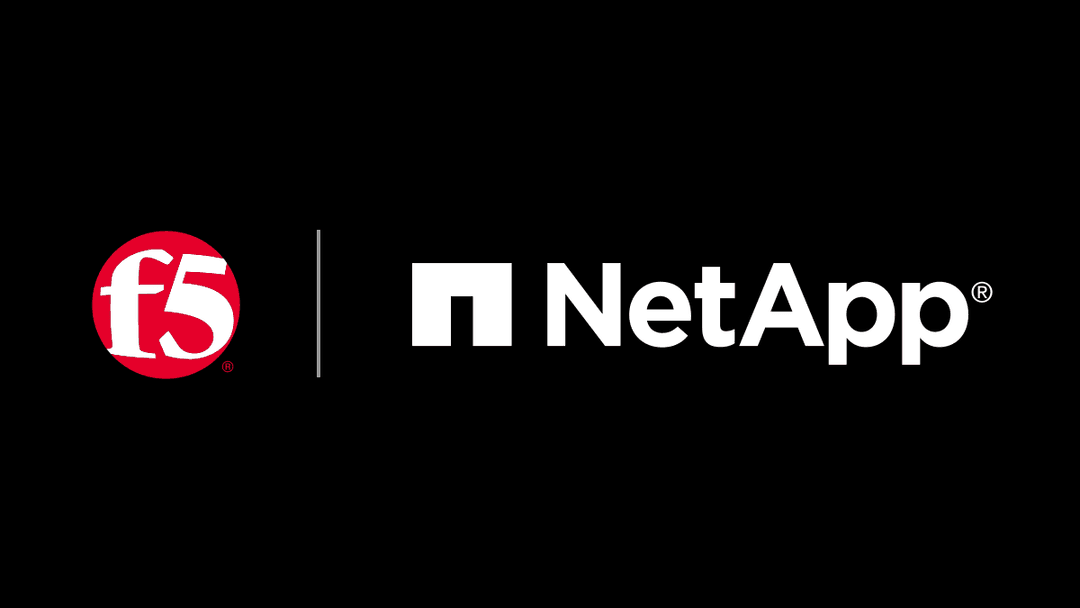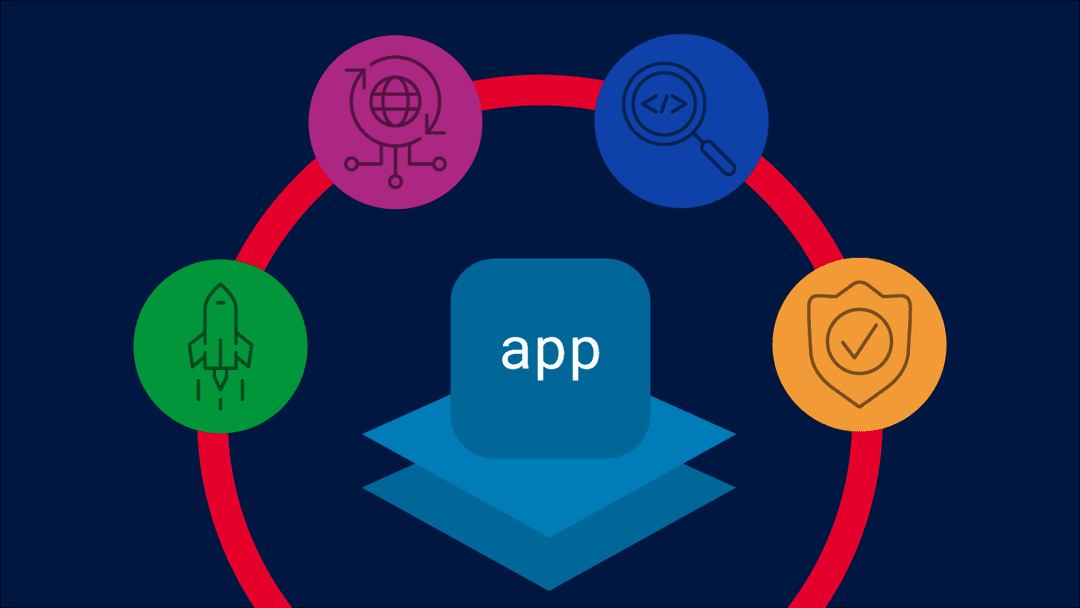AI infrastructure refers to the specialized combination of hardware and software systems required to develop, train, deploy, and manage artificial intelligence (AI) and machine learning (ML) workloads at scale. A robust AI infrastructure enables developers to effectively create and deploy AI and ML applications as different as chatbots and virtual assistants, self-driving vehicles, medical imaging analysis, precision agriculture, and anomaly detection to prevent fraud in banking transactions.
Read this blog post to explore AI infrastructure examples, learn about the components of AI infrastructure and what constitutes an AI workload, and discover how AI infrastructure is different than traditional IT infrastructure. We will also discuss how to build, optimize, and secure AI infrastructure.
“AI applications are fundamentally different from traditional apps in how they process data and consume compute resources; traditional IT systems are not designed to handle the unique demands of AI and ML workloads.”
AI infrastructure vs. IT infrastructure
First of all, why is a different computing infrastructure needed for AI? AI applications are fundamentally different from traditional apps in how they process data and consume compute resources, and traditional IT systems are not designed to handle the unique demands of AI and ML workloads.
While meeting the requirements of AI requires specialized infrastructure tailored to the AI lifecycle, these demands aren’t slowing growth in AI and ML investments. According to the F5 2025 State of Application Strategy Report, 96% of responding organizations are currently deploying AI models. Moreover, 71% percent of respondents to McKinsey’s The State of AI survey say their organizations regularly use generative AI in business functions.
AI requires massive computational power: AI workloads consume and generate huge data volumes, often in real time. For instance, training deep learning models (LLMs) that power generative AI applications can involve millions of parameters and complex mathematical operations. The infrastructure requirements for generative AI demand specialized high-throughput processors, scalable and fast-access storage, low-latency memory access, and high-bandwidth networking.
This infrastructure must enable all core components of an AI application at each stage of the AI pipeline, ensuring performance, scalability, and responsiveness at every step of the process. This begins with data ingestion, the process of collecting data to feed into AI models. This step requires robust traffic management and bandwidth to handle high-throughput data streams efficiently.
Following data ingestion, model training is the iterative process of creating a new AI model using training datasets. The infrastructure must provide powerful compute capabilities to refine the models for high accuracy while performing specific tasks. Inference is the runtime phase where frontend applications interact with trained AI models. An application sends input to the model, which then processes the request and returns a response.
Agentic systems take AI beyond data processing and request/response interactions to proactively take action without human involvement. Supporting agentic AI requires advanced orchestration and real-time decision-making capabilities.
Many AI applications operate at the edge, enabling analytics and automation in IoT devices such as sensors, cameras, and industrial machinery. These real-time use cases require infrastructure optimized for low-latency, distributedprocessing close to the data source.
What are the differences between AI infrastructure and IT infrastructure? AI infrastructure utilizes specialized hardware and data platforms to facilitate accelerated computing and support the intensive computational needs of AI workloads. For example, it relies on graphics processing units (GPUs), which are optimized for parallel processing, rather than traditional central processing units (CPUs) typically used in standard IT systems for general-purpose workloads.
AI infrastructure solutions also incorporate dedicated software, including machine learning libraries and frameworks, which are critical for developing, training, and deploying AI models. These tools are not commonly found in traditional IT stacks, which are more focused on enterprise applications and data management.
The AI infrastructure stack is often referred to as an AI factory, which draws parallels to traditional manufacturing factories where a series of repeated and often automated processes produce a product. Except, in the case of an AI factory, the product is intelligence. To quote Jensen Huang, NVIDIA founder and CEO, “AI is now infrastructure, and this infrastructure, just like the internet, just like electricity, needs factories. These factories are essentially what we build today. They’re not data centers of the past … You apply energy to it, and it produces something incredibly valuable …”
Components of AI infrastructure
To effectively support AI and ML workloads, organizations employ a purpose-built AI factory infrastructure architecture that includes specialized compute, storage, and software capabilities.
These compute resources include:
- GPUs. The cornerstone of AI infrastructure, GPUs enable parallel processing and are essential for training and running complex AI models. With thousands of cores, GPUs can execute multiple tasks simultaneously, dramatically accelerating performance. NVIDIA is one of the most widely used suppliers of GPUs for AI infrastructure.
- TPUs (tensor processing units). Developed by Google, TPUs are specialized AI accelerators optimized for machine learning and deep learning operations. They offer high throughput and low latency, making them ideal for both training and inference in large-scale AI applications.
Data storage and processing resources include:
- Scalable storage solutions. Because AI models require vast amounts of training data, data storage is elemental for enabling AI infrastructure. Cloud-based or on-premises databases, data lakes, and distributed file systems must be highly scalable to support the volume, variety, and velocity of data used in AI workflows.
- Data processing frameworks. Preparing data for AI requires automated filtering and cleaning of datasets. Tools like Pandas, NumPy, and SciPy streamline this process by automating common data preparation tasks.
Machine learning software resources include:
- Machine learning libraries and frameworks. These pre-built toolkits simplify the design, training, and deployment of AI models. Frameworks like TensorFlow and PyTorch provide reusable components and optimized algorithms, accelerating development and reducing complexity.
- Machine learning operations (MLOps) platforms. MLOps tools help to automate machine learning tasks and support the entire model lifecycle, from data collection to model training, validation, deployment, troubleshooting, and monitoring.
The above AI factory infrastructure solutions are integrated systems and tools that support the development, deployment, and management of AI applications, enabling organizations to build and maintain AI models more efficiently, securely, and at scale.
How to build your AI infrastructure
Many organizations face significant hurdles, including considerations of cost and complexity, when building the infrastructure needed to support AI workloads. Almost half of respondents to the F5 Digital Enterprise Maturity Index Report worried about the cost of building and operating AI workloads, while 39% said their organizations haven’t established a scalable AI data practice yet.
To tackle cost concerns, start with clear objectives and a dedicated budget. Define the specific challenges you want to solve with AI so you can stay focused on spending your budget strategically to ensure investments deliver measurable value and provide the greatest impact. Objectives can typically drive frameworks used. The frameworks used can drive the type of compute used. The use cases can also drive the network architecture locally within an AI factory as well as edge connectivity and processing. Also, consider leveraging cloud-based storage solutions. Cloud providers such as AWS, Oracle, IBM, and Microsoft Azure offer cloud-based AI infrastructure, includingmore affordable pay-as-you-go data models to enable storage scalability without a massive investment in on-premises infrastructure.
Networking solutions play a big role when building for scalable AI. High-bandwidth, low-latency networks enable the rapid movement of high volumes of data between storage systems and compute resources. In addition, data processing units (DPUs) are specially designed to handle vast data movement and support multi-tenancy. They support scalability in data processing by enabling multiple AI workloads on a single infrastructure.
Other AI infrastructure considerations include integrating with existing systems. Carefully plan how data will flow between traditional IT environments and new AI infrastructure to ensure compatibility, minimize disruptions, and validate data integrity as it feeds into the AI factory. Also, as AI infrastructure evolves, so do security risks such as exposing sensitive data, model theft, or API vulnerabilities. Implement strong access controls, encryption, and monitoring, and ensure your AI environment complies with data privacy regulations like the European Union’s General Data Protection Regulation (GDPR) and HIPAA.
How to optimize and secure AI infrastructure
Without a well-defined strategy and careful planning, AI workloads and applications can introduce significant challenges, including network congestion, increased latency, performance bottlenecks, and heightened security risks.
To optimize your AI infrastructure for performance, improve traffic management to support high-throughput, low-latency data pipelines, ensuring smooth delivery of training and inference data. Leverage retrieval-augmented generation (RAG) techniques to enable AI models to dynamically access and reference proprietary datasets, improving response quality and context relevance. Implement AI cluster-aware orchestrated network segmentation to dynamically schedule GPUs and compute resources, reducing network congestion and improving overall system efficiency with AI infrastructure automation.
To protect AI infrastructure, prioritize API security. Since AI applications rely heavily on APIs, establish strong authentication, rate limiting, and access control policies to defend against attacks and abuse. Inspect real-time traffic to AI models to protect against prompt-level threats, such as prompt injections, data leakage, and malicious input/output behaviors. Continuously monitor for emerging risks using a web application scanner to detect and defend against new threats and unauthorized AI tools and shadow AI operating in your environment.
How F5 can help
F5 enhances the performance, reliability, scalability, and security of AI infrastructure and workloads across the across the AI pipeline. F5’s solutions for AI application and data delivery provide high-performance AI networking and traffic management with secure, accelerated networking to keep AI-powered apps fast, available, and under control. F5 solutions optimize AI networking to keep data moving at line rate and scale traffic seamlessly for consistent, cost-efficient, end-to-end performance.
F5 also provides security for AI applications and workloads to protect AI apps, models, and data with complete visibility, robust security, and seamless scalability—powered by a single platform, the F5 Application Delivery and Security Platform (ADSP). With adaptive, layered defenses, F5 ADSP provides consistent, comprehensive security, high availability, and low-latency connectivity for the most intensive workloads—empowering organizations to secure their AI investments with unified, powerful security from a trusted industry leader.
Explore the F5 AI Reference Architecture to discover best practices for enabling secure, reliable, and performant AI infrastructure across your hybrid and multicloud environments.
About the Author
Related Blog Posts

AppViewX + F5: Automating and orchestrating app delivery
As an F5 ADSP Select partner, AppViewX works with F5 to deliver a centralized orchestration solution to manage app services across distributed environments.

Build a quantum-safe backbone for AI with F5 and NetApp
By deploying F5 and NetApp solutions, enterprises can meet the demands of AI workloads, while preparing for a quantum future.

F5 ADSP Partner Program streamlines adoption of F5 platform
The new F5 ADSP Partner Program creates a dynamic ecosystem that drives growth and success for our partners and customers.
F5 NGINX Gateway Fabric is a certified solution for Red Hat OpenShift
F5 collaborates with Red Hat to deliver a solution that combines the high-performance app delivery of F5 NGINX with Red Hat OpenShift’s enterprise Kubernetes capabilities.
F5 Silverline Mitigates Record-Breaking DDoS Attacks
Malicious attacks are increasing in scale and complexity, threatening to overwhelm and breach the internal resources of businesses globally. Often, these attacks combine high-volume traffic with stealthy, low-and-slow, application-targeted attack techniques, powered by either automated botnets or human-driven tools.
Phishing Attacks Soar 220% During COVID-19 Peak as Cybercriminal Opportunism Intensifies
David Warburton, author of the F5 Labs 2020 Phishing and Fraud Report, describes how fraudsters are adapting to the pandemic and maps out the trends ahead in this video, with summary comments.